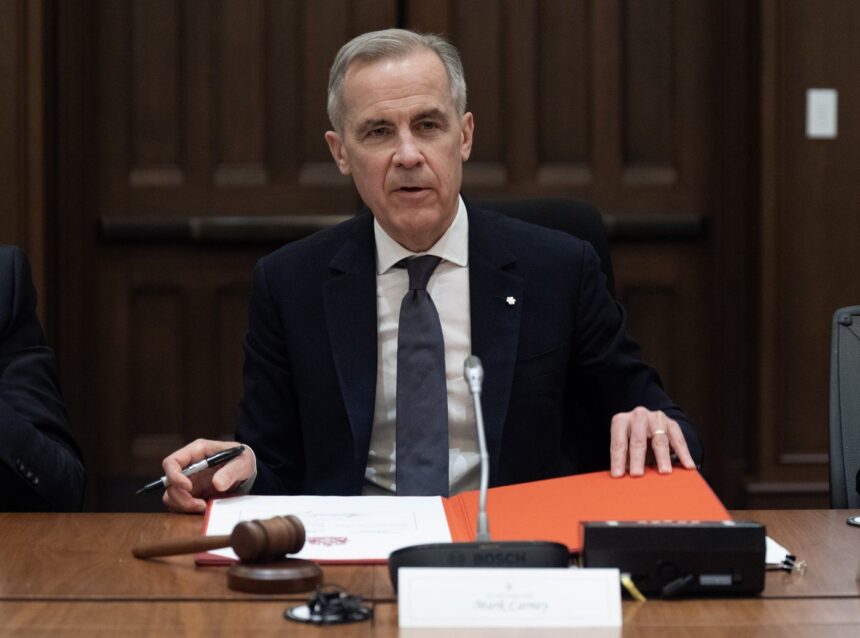The frozen waters of the North Atlantic have long served as a silent witness to the strategic dance between global powers. Now, as Canada and the European Union forge ahead with unprecedented defence collaboration, these waters may soon tell a different story altogether.
During high-level talks in Brussels last week, Canadian Defence Minister Anita Anand and EU High Representative Josep Borrell announced a landmark defence cooperation framework designed to counter emerging security threats and reduce dependence on the United States. The agreement, which many analysts describe as “transformative,” represents Canada’s most significant European security initiative outside of NATO in decades.
“This partnership reflects our shared democratic values and commitment to a rules-based international order,” Minister Anand told reporters at the joint press conference. “At a time when authoritarian powers are testing our resolve, Canada and Europe are demonstrating unity of purpose.”
The cooperation extends beyond traditional military exercises to include joint weapons development, intelligence sharing, and coordinated responses to hybrid threats—a notable shift for Canada, which has historically channeled most of its defence collaboration through NATO channels.
Defence analyst Dr. Marie Lecomte from the Royal Military College of Canada points to several factors driving this bilateral approach. “The unpredictability of American commitment to NATO, particularly after the Trump administration’s ambivalence and with another election approaching, has accelerated European defence autonomy initiatives,” she explains. “Canada recognizes that attaching itself to this European momentum serves its strategic interests.”
The framework specifically targets Arctic security, cybersecurity, and maritime domain awareness as priority areas. European officials have expressed particular interest in Canada’s experience with Arctic operations, while Canada stands to benefit from the EU’s advanced cyber capabilities and industrial defence base.
Financial implications remain substantial. The agreement includes provisions for Canadian participation in the European Defence Fund, potentially opening doors for Canadian defence manufacturers to bid on European projects worth an estimated €8 billion annually by 2027. Canadian defence firm CAE has already announced plans to expand its simulation technology division in partnership with French and German counterparts.
“This isn’t just about security—it’s about economic opportunity as well,” notes Richard Shimooka, senior fellow at the Macdonald-Laurier Institute. “Canadian industry gains access to European defence procurement while Europeans benefit from Canadian expertise in specific domains.”
Reactions from Canadian political circles have been largely supportive, though not without criticism. Opposition defence critic James Bezan questioned whether the initiative diverts resources from NATO commitments, while former diplomat Ferry de Kerckhove warned against creating parallel security structures that might undermine the Atlantic alliance.
The agreement’s implementation timeline suggests pilot projects will begin within six months, with full operational capability expected by 2026. Early initiatives include a joint cybersecurity center in Estonia and expanded Canadian participation in EU naval operations in the Mediterranean.
For ordinary Canadians, the partnership’s implications may seem distant, but experts suggest the economic and security benefits could be substantial. Beyond the immediate defence considerations, the agreement signals Canada’s broader pivot toward deeper European engagement across multiple domains including trade, technology, and energy security.
As geopolitical uncertainty continues to reshape the international order, the fundamental question remains: can middle powers like Canada and the EU effectively preserve their security interests by deepening cooperation, or are we witnessing merely a hedging strategy against American unpredictability? The answer may determine not just the future of transatlantic relations, but the very structure of global security architecture for decades to come.

























